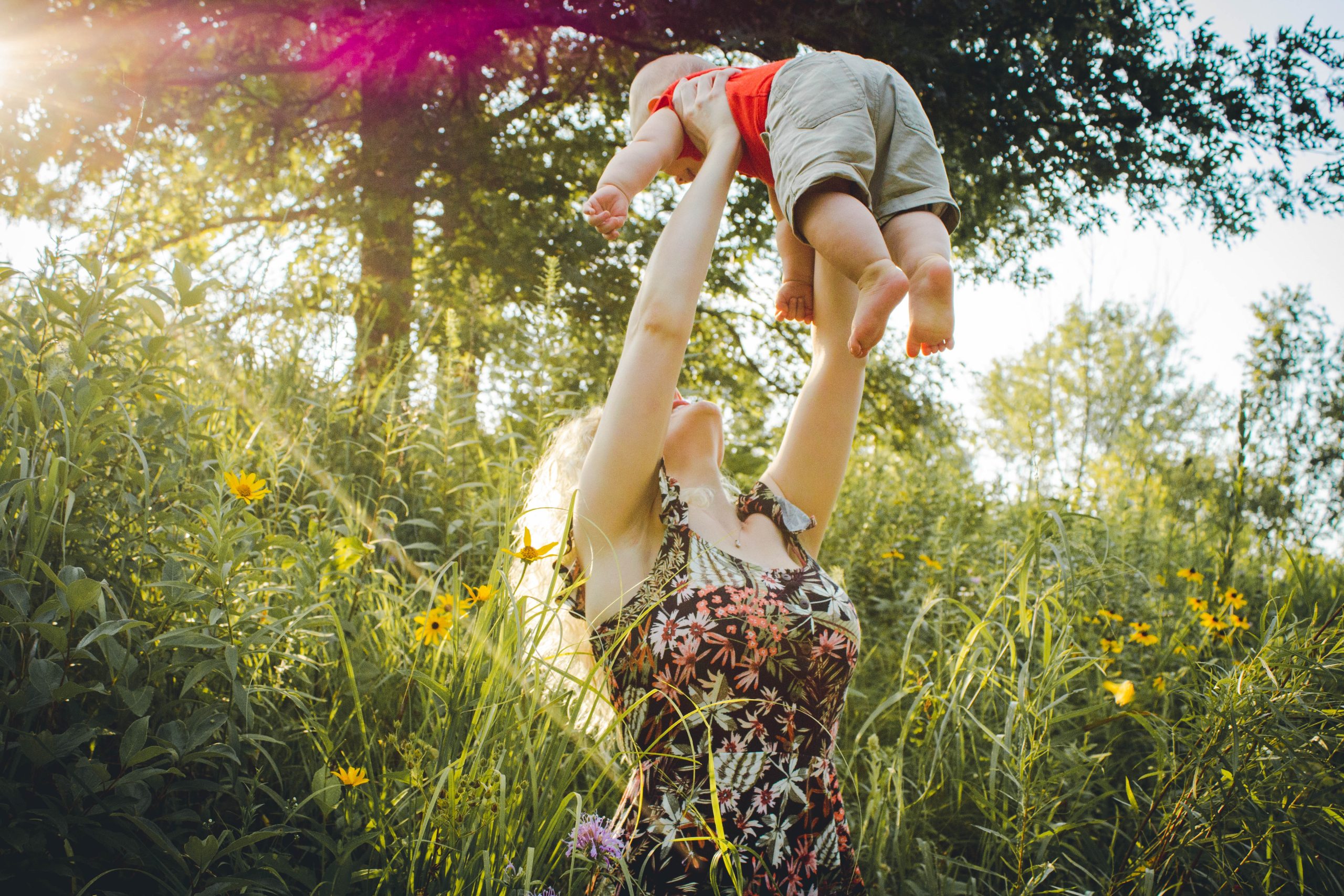Pelvic pain after giving birth is a common complaint. That’s because a woman’s pelvis can be traumatised by the birthing process – connective tissue such as ligaments are stretched, and there may be muscle tears that are slow to heal. In addition, the pubic symphysis and sacroiliac joints will separate to make space for the birth, and may not come back together well. All of this, together with the changes of pregnancy can cause postnatal pelvic pain.
And being a new mum is demanding – lifting and carrying your newborn, as well as feeding positions that aren’t optimal for your body.
If a mechanical imbalance in the pelvis or around the spine persists, this can cause pain or discomfort and may need therapy to resolve.
How does pregnancy change your body?
Your body has to make rapid adjustments over a 9-month period to adapt to the weight of a growing baby. Spinal curves and some of your muscle groups will have lengthened or shortened to facilitate these adaptations and a new centre of gravity. These changes can’t be suddenly reversed!
There are also hormonal changes which occur during pregnancy and the process of preparing for labour. Postnatally, this hormonal change continues to affect a new mum’s body. The muscles and ligaments that support the womb and pelvic tissues become laxer to accommodate the new space needed for the baby, and this may continue for up to six months after birth.
The good news is that osteopathy can support the realignment of your body and speed recovery from birth.
Can osteopathy help after Caesarian delivery?
Yes – your osteopath can offer treatment to help release adhesions and mobilise scar tissue. This can alleviate lower back pain and pelvic pain. Osteopathic treatment can help support a future vaginal birth after Caesarian delivery.
What postnatal problems can osteopaths help?
Unresolved stresses from childbirth can result in a number of complaints such as
Stress incontinence
It is estimated that one in three new mums struggle with this condition. Childbirth can put severe strain on the pelvic floor muscles, which greatly weakens them. These muscles span the base of the pelvis and support the pelvic organs. In women, these pelvic floor organs are the bladder, bowel and uterus. When these are weakened, many new mums experience an overactive bladder. Therefore, the most common type of postpartum incontinence is stress incontinence, which occurs when pressure is put on the pelvic floor.
Lower back pain
The many physical and hormonal changes of pregnancy last into the postpartum period. Add to that the strain of labour on muscles you don’t normally use, and you might have some soreness and pain. Usually this will resolve in time, but sometimes the pain is chronic.
Pelvic girdle pain
This pain can be felt in many different ways and in different areas. It most commonly affects three different pelvic joints. One place is your pubic symphysis (the joint that sits right in the middle of your pelvis). Pubic symphysis pain may radiate to your back, hips and legs, and it may worsen with weight-bearing activities such as running.
Another joint that commonly suffers and causes postpartum pelvic pain is your sacroiliac joints on either side of the base of the spine. This causes lower back pain after birth. It can be painful on both sides or just one, and pain can radiate to your thighs, again worsening with weight-bearing activities.
Osteopath Radhika Madahar specialises in postnatal care
If you’re experiencing back pain, neck pain, or other problems after childbirth, consider booking an appointment with Radhika Madahar, osteopath at our Staines clinic specialising in postnatal care. She can help you get back to feeling like yourself again.
Radhika says “I find in the clinic that all new mums typically forget to look after themselves after childbirth, as having a new baby can be very challenging and exhausting leaving no time for them. I love being able to provide them with easy tips and advice they can use to stop pain when breastfeeding and carrying their new baby, as well as hands-on treatment to help them have less soreness and feel better in themselves”

